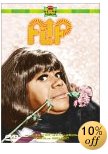
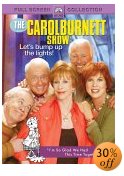
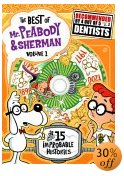
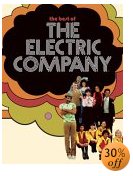
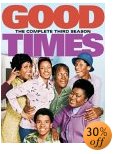

|
 |
 |
 |

|
||
|
Movie Poster Artists
page 1: Unseen
Movie Posters
|
Movie
Trailers of the Early-'90s
Movie trailers (the previews that precede the movie you paid to see) and TV ads are the most dynamic aspects of a successful marketing campaign. With a few exceptions, these spots were created at Seiniger Advertising where I worked from the mid-'80s through the mid-'90s. Tony Seiniger just recently retired after three decades creating some of the most successful motion picture ad campaigns of all time.
|
 Flashback / 1990 Film Trailer 1:30 Scored at the box office thanks to a vibrant campaign that played to the film's strengths - a FAST moving buddy film led by a terrific cast with cross generational appeal. Note that this trailer gives away the storyline, from start to finish, in hopes that customers will want to experience what's left; in this case, they did. |
 The Fugitive / 1994 Film Trailer 2:00 No question, this was one of the most effective movie previews of all time. Combining bold typography, moments of searing tension and jarring visuals, giving away only the set-up of the film to get the audience piqued. The moonlit footage here of Richard Kimble running through the woods was shot especially for this trailer by Tony Seiniger, after the film was finished, with a body double for star Harrison Ford. Footage from the movie itself couldn't be used because it lacked the silhouette value needed to make the typography read. In this way, messages can be layered on top of one another without stopping the action. |
|
|
 Sleeping With The Enemy / 1992 TV spot :30 A perfect example of creating suspense and atmosphere to draw in the potential audience in quickly. TV ads only have 30 seconds to create dramatic tension, when movie trailers can, in some cases, take 5 times that long. The appropriate ambience was accomplished by displaying young, vivacious Julia Roberts at her most vulnerable, lingering in a bubble bath, hinting at the danger she's facing. Roberts was already heating up the box office in 1992; with a strong ad campaign and a title that perfectly conveyed the high concept, 20th Century Fox bagged the hit they were looking for. |
|
|
|
 Geronimo / 1994 Film trailer 3:00 A fine example of those deep voice-over, "In a world where..." narratives; the announcer was Don LaFontaine, he worked a lot for Seiniger. The studio pulled out all the stops to promote this big-budget epic Walter Hill western but the multi-million dollar ad campaign saturation was severely undermined by a TBS TV-movie about Geronimo that debuted the week before this motion picture opened. Dirty trick, TBS! This campaign was a massive success in a way - except that people tuned in to the free TV-movie in record numbers but saw no need to pay to see Geronimo in the theaters. |
|
Here's a great example of re-branding a movie star - Sylvester Stallone starring in a family comedy, Oscar. Note the familiar classical tune in the background, used a lot in movie trailers. |
|
|
|
Movie Poster Artists
page 1: Unseen
Movie Posters |
|
|
A big screen adaptation of Edgar Rice Burroughs' John Carter of Mars is coming soon, I enjoyed those books as an adolescent and I suppose the technology is there to do it right. The Martians look great anyway, the trailer:
That style of teaser has become very popular, the kinetic build at the end containing all the best action scenes cut together with the Wagner-esque music blaring. That was the invention of the editing team at Seiniger Advertising in the 1990s. If I recall correctly Cliffhanger would have been the first film to employ that style, I did the title graphics for it in 1993. (I always stick my foot in it when I rely on memory.) That trailer was a game changer and was largely responsible for a big opening weekend:
Notice how similar the trailer for Star Trek was to that one, just slower with added dialogue:
Now the most often used format is teasing bold scenes that go to black; slow it down in the middle; then crank up the Wagner and jam together every great visual in the film in 30 seconds or less. It beats the kind of trailer that tells the entire story of the movie, always a most desperate ploy for a lousy film. |